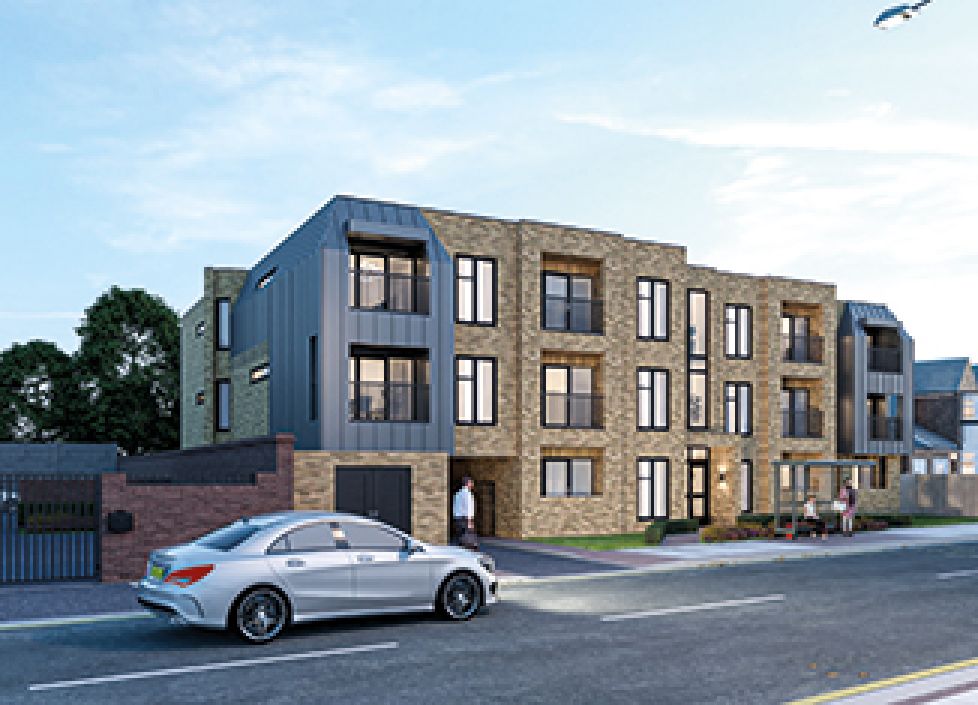When purchasing land or buildings either 'on' or 'off-market', in the majority of instances, owners will do the deal with whoever is going to pay them the most. If they are sensible they'll also be concerned about 'deliverability' (can a purchaser actually perform and do what they say) but in the first instant it's the money that really talks. Therefore, whether trading or developing, the key to getting the deal done is learning how to maximise land values. The most important part of maximising land values is in winning the very best planning permission.
Winning the very best planning permission means understanding the intricacies of the system then preparing and submitting the very best application. This involves significant research and pre-planning, assessing site constraints and opportunities, optimising the scheme design (unit mix, site and unit layouts), evaluating buildability and costs, then value-engineering. Once you have done this, you then go back to the beginning of the process and start again, refining and optimising your development proposals further before finalising and then submitting an application. Understanding all of this and being the very best at the process is what makes an exceptionally profitable developer. The more 'value' you are able to create the more there is to be shared between you and the landowner. It's both an art and a science, which we'll be looking at in more detail in coming months.
Of course, not everyone knows how to do things properly (or wants to) and there is an obvious temptation to save upfront costs. Although on most occasions this is NOT what I would recommend, I'll explain the pros and cons of the cheaper of the two main ways of applying for planning permission - outline planning applications.




















